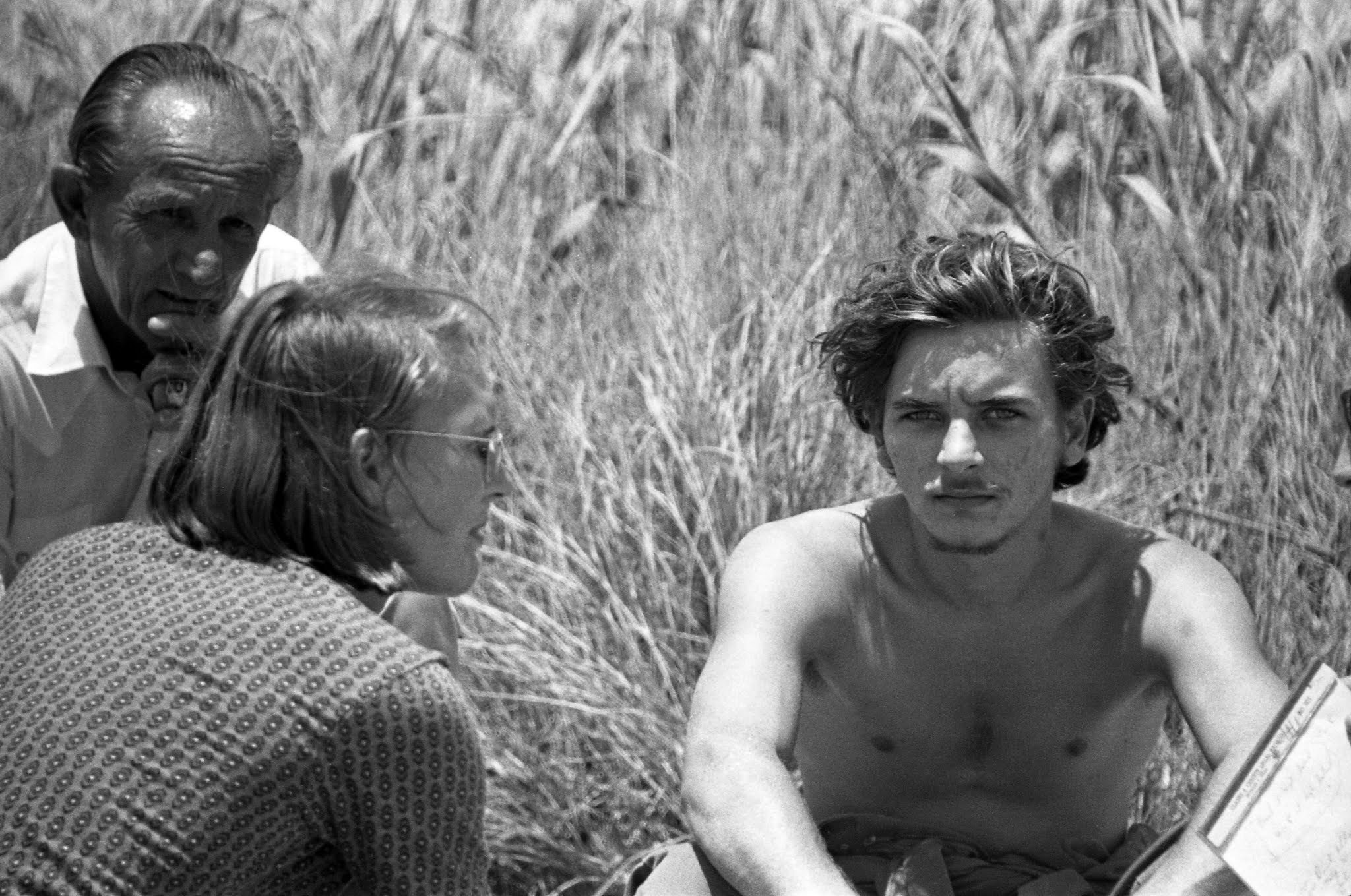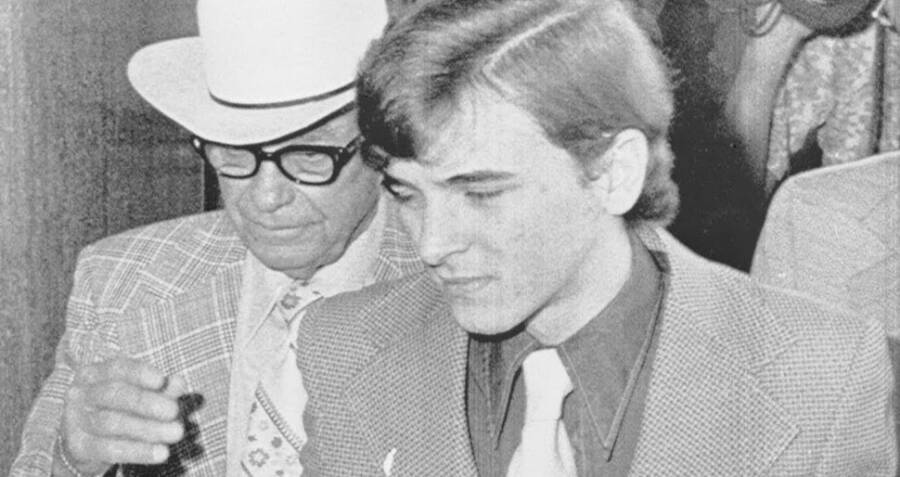

So Corll not only provided an address-a curious sense of belonging to his fictitious “crime ring”-he was also an inspiration, an intimation that life held some mystery beyond the Heights. No matter how much you talked to him, you didn’t know him.” He could be around people, but still you never knew what Dean Corll was doing. He never really impressed me as masculine unless he was lifting something. “Dean’s front was wholesome and masculine. Henley suspected that Corll was homosexual-“I just figured David was hustling himself a queer”-a fact that had remarkably little influence upon his opinion of Corll. Much of that first year was spent driving aimlessly about the Heights in Corll’s car, drinking beer and smoking marijuana and planning petty theft. The fact that he did work, wasn’t a wild drunk, got along with kids and people in general-that’s what started it.” In the beginning he seemed quiet and in the background, and that made me curious. “I admired Dean because he had a steady job. Corll’s apartment provided a place “to waste time.” Henley realized that the candy shop operated by Corll’s mother-where her son constructed a giant frog with red eyes that lit up when the telephone rang, for the amusement of children-was a store he had visited earlier. Here Henley and a schoolmate, David Brooks, failed the ninth grade together, “skipping, smoking a little weed, shooting pool.”īrooks introduced Henley to Corll, a heavyset employee of the Houston Lighting & Power Company, who was twice their ages. White adults drink Pearl beer in Billie’s Gold Brick, and more than a few teenagers risk mind-dissolving highs by “bagging”-spraying acrylic paint into paper sacks, and breathing the fumes. Houston Heights is a seedy, lower-middle-class enclave with horizons limited to once-fashionable homes divided into low-rent apartments, and guarded by pickups on concrete blocks. “Maybe there’s not just twenty-seven murders. “From what Wayne says, there may be more bodies out there.” He gestured vaguely in the direction of the Gulf of Mexico, where in August 1973, police discovered the remains of seventeen teen-age boys beneath the dirt floor of a boat shed, wrapped in plastic shrouds and laced with lime, and subsequently dug up ten more along a lonely stretch of beach.


“We’ve got this problem of culpability,” the lawyer had said earlier, when the two of us were seated outside in his dusty Cadillac, the windowsills too hot to touch. I stepped aside, he ran through the door, and I shot him once in the back of the shoulder, and twice in the small of the back. I shot him once in the forehead my hand went down, and I shot him twice in the shoulder. “I had Dean in a corner, see, and he told me, ‘You won’t kill me.’ I shot him-coolly-until I ran out of bullets.


 0 kommentar(er)
0 kommentar(er)
